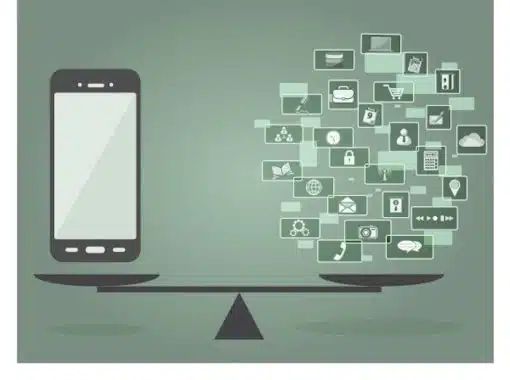
As marketers, you commonly think of your primary goal as being to get the phone to ring or otherwise establish contact between advertiser and prospect. And that’s a noble goal, indeed. But then what happens?
That’s an important question because a phone call is just a phone call. It means nothing to the marketer’s bottom line. In fact, it’s merely another cost of doing business if there’s no return on investment.
At 800.com, we help marketers get toll-free vanity phone numbers that go above and beyond to get those call center phones to ring. But we know that this isn’t the end of the story. Not by any means. It’s really only the beginning of the customer relationship.
Once those phones start ringing, advertisers have numerous ways to measure what happens on every call, from call pickup to (hopefully) sale.
Those metrics can be divided into two categories, and there are key metrics serving both areas. Here are those that we think are most important.
Agent Productivity Metrics
Whether your call center is a department within the advertiser’s company or a third party, the careful marketer will want to measure its effectiveness. Based on some of these metrics, additional training or even a switch to another provider might be called for.
Average Wait Time
As we stated, you want to measure response from the beginning to the end of the call. AWT measures the amount of time the customer had to wait on hold until speaking to an agent. Measure this metric against sales made and you’ll see how long a potential paying customer is willing to wait for someone to answer questions or ring up a sale.
Average Abandoned Call Rate
This metric is obviously strongly related to AWT, but it’s even more potentially painful for an advertiser. After all, a certain number of customers put on hold for a long time will still place an order even in their frustration. But those who abandon the call represent zero dollars in sales. The best you can hope for is that some try again later.
Average Handling Time
You got ‘em. Now, what do your agents do with them? This metric can measure both the company’s response mechanism and the talents of individual agents.
Except for the loneliest of callers, most don’t want to spend more time on the phone than they must. They want to get something done, whether it’s asking questions and getting valid answers about the product, subscribing to a newsletter, placing an order, or otherwise taking action. How easily did your call center and individual agent make that happen? After all, this interaction, even if it’s actually with a third party, will set the tone between the caller and the advertiser — for better or worse.
Call Transfers and Time Spent Not Servicing the Customer
This is yet another way of measuring the effectiveness of the interaction. If the caller has questions that the first agent can’t answer, they’ll be put on hold, hear more annoying Muzak, and eventually talk to someone else who can (again, hopefully) answer their question. If the second agent can’t, the whole annoying process goes into another cycle of waiting and hoping.
How likely is it that a customer treated that way will eventually place an order and become a repeat customer?
Sales Made and Orders Processed
This, after all, is your bottom line when your call to action (CTA) is to get customers to buy products or services. But you can adapt this metric even if the CTA isn’t a sale. In the same way, measure subscription fulfillment to your complimentary online newsletter or free tickets to an upcoming event.
In other words, it’s the percentage of calls that result in the execution of the CTA mentioned in the marketing content that initiated the call. Use this metric to assess everything from the performance of the individual agent to that of the call center
Customer Experience Metric
This is the other side of the coin and a critical metric. Now we’re hearing what your all-important customers think of the transaction.
Customer Satisfaction Score
Numbers don’t always tell the whole story. When you get customers themselves to review and report on the call, that might be your best performance scoring tool. Try to get this input as soon after the call as possible, while memories are fresh.
This input is meaningless if it’s not studied and acted upon. Use it to make ongoing process improvements and regularly measure how customer satisfaction scores trend.
However You Measure Call Performance, It Starts With the Call
That’s where we come in. We provide commercial customers with vanity phone numbers that are chosen for memorability, relevance to your business operation or marketing campaign, and measurable ability to get calls.
Call us at (210) 800-0000 and we’ll show you how to choose a vanity phone number that will boost your marketing campaign performance and get those phones to ring.
The rest is up to you.











